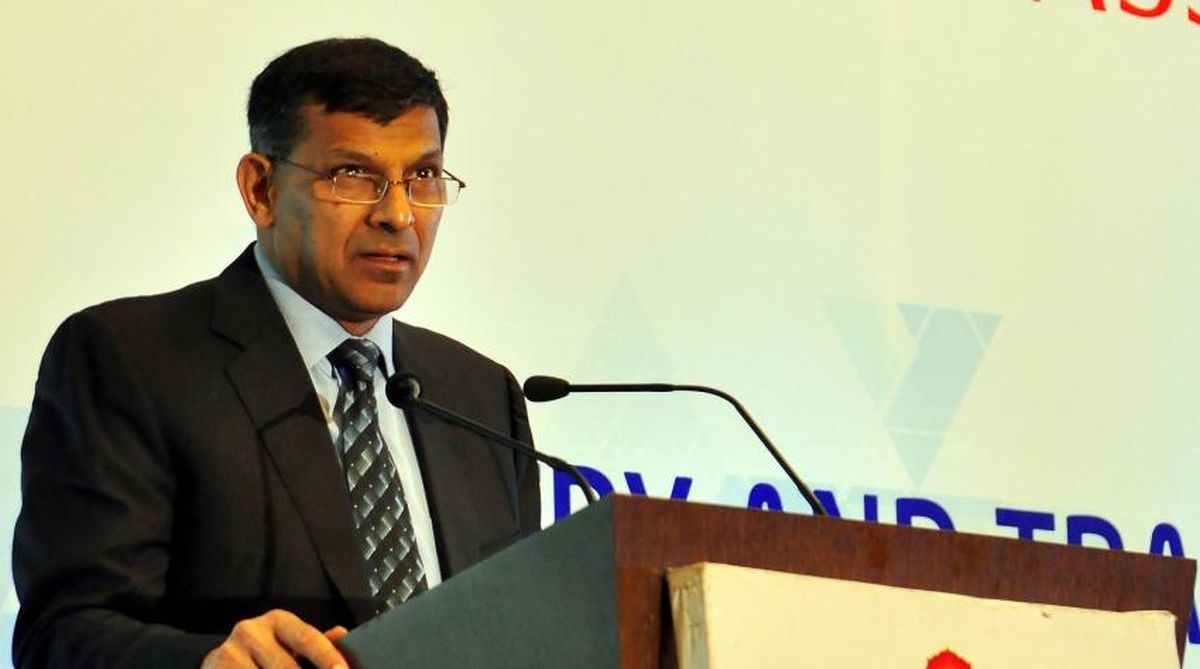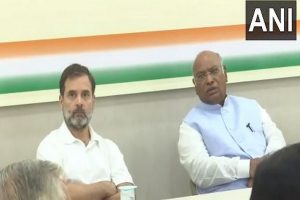Amid mounting tension between the Reserve Bank and the finance ministry, former RBI governor Raghuram Rajan on Tuesday said the central bank is like a seat belt in a car, without which accidents can happen.
Pitching for respecting the institutional autonomy of the RBI, he said the central bank has the liberty to say no if the government pushes it to be lenient.
Ahead of the November 19 meeting of RBI Board, he said the objective of the board is to protect the institution and not serve others’ interests.
“The RBI is something like a seat belt. As a driver, the driver being the government, it has the possibility of not putting on a seat belt but of course if you do not put on your seat belt you get into an accident and the accident can be quite severe,” he told CNBC TV18.
Historically, the relationship between the RBI and the government has been precisely this the government wants to focus on improving growth and it does all it can within the limits set by the RBI which are based on financial stability.
“So, the government will push, will try and get the RBI to be more lenient,” he said, adding the central bank would examine them in close details and in reference to risks to financial stability. “We (RBI) have responsibility for financial stability and therefore we have an authority to say no,” he said.
The RBI led by Governor Urjit Patel and the government have not been on the same page on different issues for some months now. The disagreements came out in open when RBI Deputy Governor Viral Acharya in a hard-hitting speech said failure to defend (rpt) defend central bank’s independence would “incur the wrath of the financial markets”.
It later emerged that the government had used a never-before-used provision of the law to seek resolution of issues, including the easing of NPA norms, so that banks can kick-start lending and support growth, and transferring more dividend to boost liquidity—issues which the central bank thinks cannot be relented.
“Of course the RBI doesn’t say no out of petulance. It says it because it has examined the situation and believes that this take implies too much financial instability,” Rajan said. “I think that relationship has gone on for a long and the fact that the RBI says no is not new. The government can keep asking and say please consider this, please consider that but at some point, it says okay I respect your decision, you are the financial stability regulator and I back off”.
“Once you have appointed these Deputy Governors and Governor, you have to listen to them because that is what you have appointment them for, they are your safety belt,” he said.
On the issue of the government citing Section 7 of the RBI Act that gives it powers to issue directions to RBI Governor on issues of public interest, Rajan said it would be best if each side respected each other’s motivation and thoughts.
“And ultimately the RBI after listening to the government and hearing what the government’s issues were provided with the best professional answer it could and historically it has done that. I have no doubt it is doing that today. It has a responsibility to fulfil to the nation. It has to listen of course but at the end of it, after listening it has to make a decision because ultimately it has that responsibility,” he said.
On the role of the RBI board, he said its role historically has not been to take operational decisions but to focus on broader strategy as well as ensure good governance. “So, they are there to ensure that the government’s money is well spent in the RBI, for example, the RBI doesn’t pay itself inordinate salaries and so on but also to serve as a sounding board which is why we have people from different walks of society, very eminent people,” he said.
“So, my sense is the objective of the board is to protect the institution, not to serve others’ interest; it is to protect the health of the institution but also to provide wide, sensible advice. The aim of the board is to be Rahul Dravid—sensible, thoughtful and not, with due respect, Navjot Sidhu,” he said.
On the state of the economy, Rajan said the situation is “much better” on the inflation front, for which both the government and the RBI deserve credit.
Also, India is growing faster than most other countries but there is a need to create jobs and there is “probably need (to do) somewhat more than where we are today.
“Where there is more worry is on the fiscal deficit front and here I am not talking just about the central government fiscal deficit which has been coming down but the aggregate fiscal deficit. Even as the central government is bringing it down, the states are taking it up. When you look at the total you find that over the last 3 or 4 years the aggregate fiscal deficit has actually gotten slightly worse and not better,” he said.
Besides, the current account deficit (CAD) is blowing out partly because of the relatively weak exports and partly because of the price of oil has gone up. “It has come down recently but it is a risk that we cannot ignore at this point,” Rajan said.
On the problems facing non-banking finance companies (NBFCs), he said the central bank needs to examine the liquidity problem much closer and solve the issue by putting liquidity in the market.
“I think the markets are somewhat nervous but I don’t think given that NBFCs account for 17 to 18 per cent of assets, that this is an unmanageable problem. I think we can manage it, we have to look carefully at it, see what is really a solvency issue, what is a liquidity issue.
“Certainly on the solvency front, it is up to these privately managed entities to raise equity at this point when they still have the capacity and shore up their balance sheets. There is a tendency sometimes to run to the government and say please bail me out. I think first they have to exhibit everything they can do on their own before the government even contemplates anything on that sort,” Rajan added.
In general, central banks, he said, avoid lending to direct entities. Lending to direct entities involves credit evaluation and central banks are not in fiscal function of bailing out entities.












